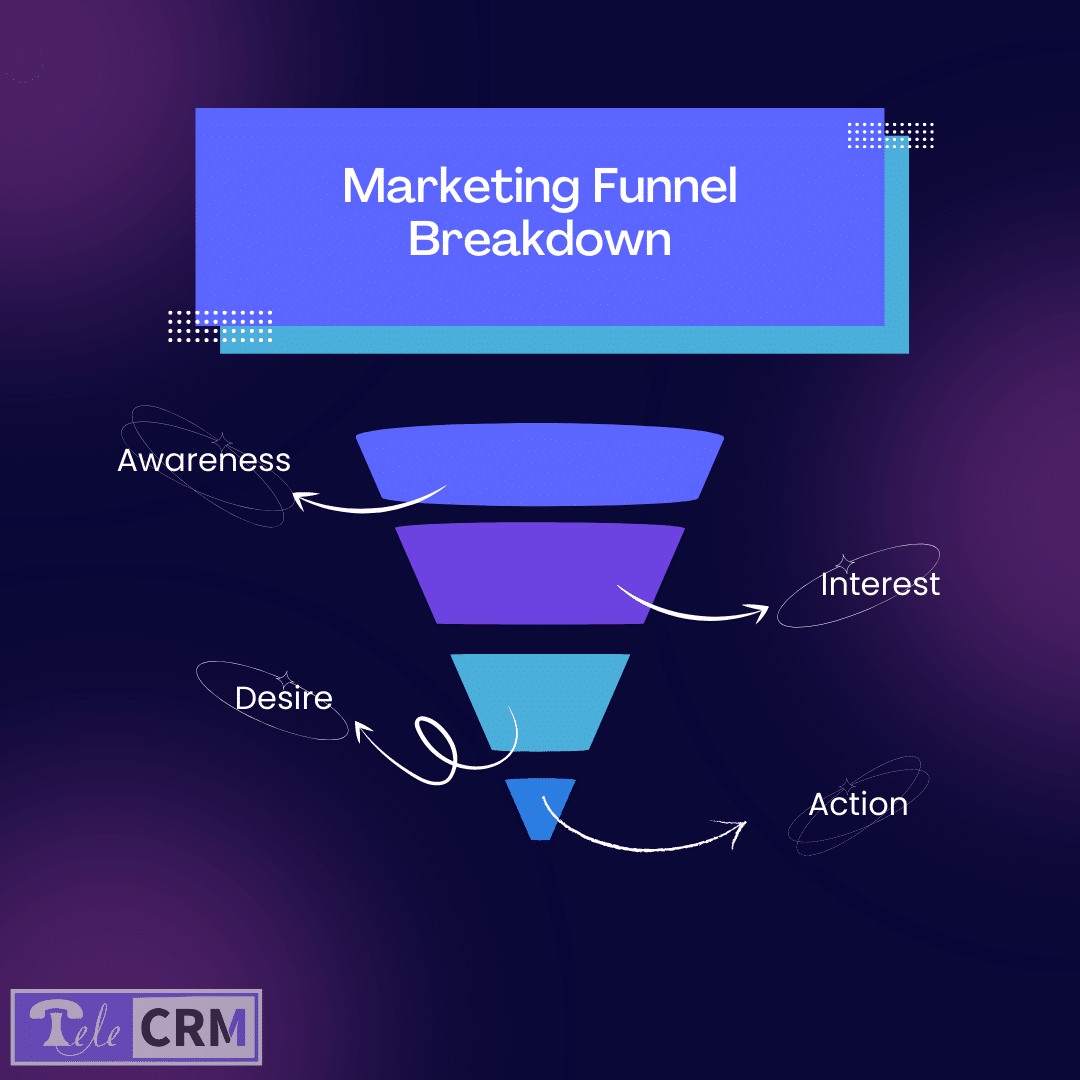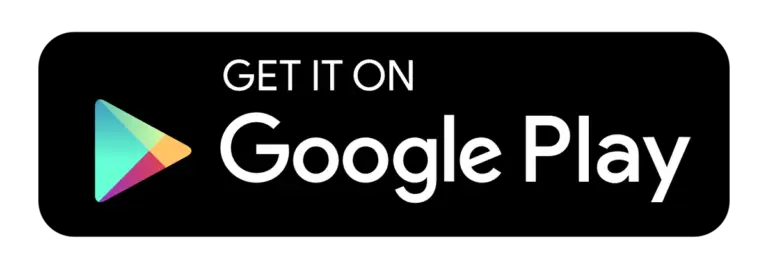
Do you know how many times a customer interacts with your brand before buying? It’s the marketing funnel that traces rather than outlines those checkpoints for you! As a result, a marketing funnel becomes a very crucial part of any business.
If you can’t figure out this process, your system will be completely haywire and you’ll have no clue what’s wrong.
A marketing funnel is a series of stages that describes your customer’s journey with you. Right from the very start when a customer learns about your product or service to purchasing it.
Marketing funnels are usually based on the AIDA model where
Awareness: The prospect is aware of the problems he’s facing and comes across a possible solution.
Interest: The prospect shows interest in a product or service.
Desire: The prospect shows desire for a particular brand offering that service and starts studying it.
Action: Finally the prospect acts on deciding whether to purchase it.
As the word indicates, it is usually in the shape of a funnel where the size of the funnel at different stages describes the size of the audience.
At the top of the funnel, there are website visitors and your app users. They are usually brought by marketing activities like paid campaigns, blogs, SEO, etc. You can conduct them by yourself or with the help of professionals and working with a digital marketing agency to attract more prospects in your audience.
As the funnel narrows down, the prospects usually drop off your funnel and you are only left with your actual customers. While in this process, you also learn what are you doing wrong in turning a prospect into your customer and accordingly improve your funnel.
Finally, at the bottom of the funnel, there is usually a conversion. These are the customers who’ve got your attention and earned your trust & are interested in your product and this completes the whole funnel.
Usually, a Marketing Funnel is broken down into three stages:
This is where a prospect becomes aware of your product or service and engages with it for the first time. This stage depends heavily upon marketing activities like creating content, landing pages, SEO, paid campaigns, podcasts, etc.
Example: To drive more traffic through SEO, we built a bunch of landing pages and optimized them around keywords that our target audience is searching for. We built a few backlinks and in a very small amount of time, we started getting traffic on those pages. For instance, one of our pages, WhatsApp CRM is ranking inside the Top 5 results on Google SERP.
This is just a single example, to create awareness and generate more leads for your product, you can try using these different approaches.
Once you’ve caught your customer’s attention and he’s aware that you have a solution for his problem, a lead is generated. Now the next step is to start building trust amongst those customers. Start creating content and give them a reason to stick with your platform and not go to your competitors.
You can start creating more content now to educate your users about your product. You can also advertise it, driving traffic; try using a backlink checker to find authoritative websites from that link to your competitors and reach them for link-building.
Finally, at the BOFU stage, you can start converting your prospects into paying customers by pitching in your product since you’ve already built a connection with them and earned their trust.
You can use different approaches to convert these prospects to pay you:
These are your qualified leads and are ready to pass over to your sales team.
Thus a marketing funnel basically simplifies your customer’s journey. It makes the route easy to follow. It even gives you clarity as to what spots are you losing out on your customers. Whether it’s the awareness state that demands changes or the action state!
So a marketing funnel will ultimately help you organize your marketing activities, ultimately leading to business growth.


© Copyright 2025 Telecrm.in - All Rights Reserved • Privacy Policy • T&C


© Copyright 2025 Telecrm.in - All Rights Reserved • Privacy Policy • T&C